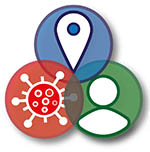Global public transport strategies changed significantly through the pandemic to help restrict the spread of SARS-CoV-2, keep travellers and workers safe and ensure service sustainability. UK Government guidance during phases of lock-down led to greatly reduced...







Recent Comments